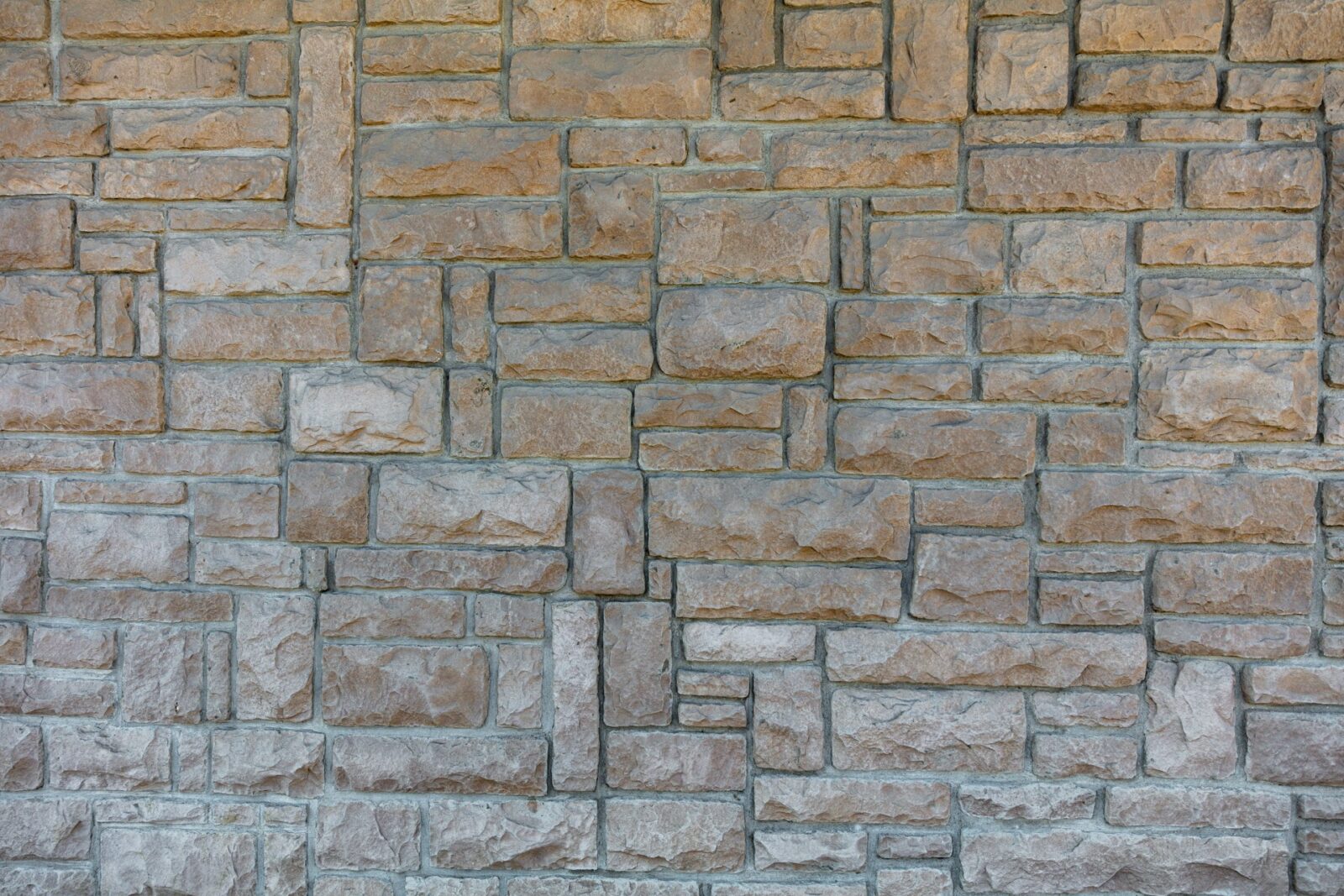Want to know exactly how much underpinning your house will cost?
Underpinning is one of those construction jobs that can make your wallet cry. But here’s the thing… Most homeowners have no idea what they’re getting into when they discover they need underpinning work done.
Construction costs have risen by 15-20% since 2020, and underpinning is no exception. Without the right information, you could end up paying way more than you should.
Here’s the problem:
Most people don’t understand what underpinning costs are. They just get shocked when they see the first quote. But with a proper understanding of underpinning house cost estimation, you can budget correctly and avoid nasty surprises.
You’ll discover exactly what underpinning costs are in 2025, what factors drive the price up or down, and how to get the best value for your money. You’ll also learn when to start getting quotes from local underpinning specialists and what questions to ask them.
Let’s dive in…
What you’ll discover:
- Current Underpinning Price Ranges
- What Drives Underpinning Costs Higher
- Different Underpinning Methods & Their Costs
- Hidden Costs Most People Miss
- How Insurance Affects Your Budget
- Getting The Best Value For Money
Current Underpinning Price Ranges
Underpinning costs in the UK vary massively depending on several factors. Here’s what you should expect to pay in 2025.
The general price range for underpinning work is between £6,000 and £21,000 for most residential properties. Per square metre, underpinning costs typically range from £1,500 to £2,600.
The cheapest method is usually mass concrete pour underpinning, which averages around £1,500 per square metre. Piling methods can cost up to £2,600 per square metre.
The location makes a massive difference. Labour costs in London are significantly higher than in other UK regions. Property type also affects the final bill.
What Drives Underpinning Costs Higher
Several factors can push your underpinning costs through the roof. Understanding these helps you budget properly and avoid shock quotes.
Property size and depth requirements are the biggest cost drivers. The deeper and wider your foundations need to go, the more you’ll pay.
Soil conditions play a huge role too. Clay soil is particularly tricky because it moves more than other soil types. Access issues around your property can significantly increase costs. If contractors can’t get machinery close to the work area, they’ll need more hand labour.
The underpinning method your structural engineer recommends will heavily influence the final price. Some methods require specialized equipment and expertise, which pushes costs up.
Tree root damage often requires additional work beyond just underpinning. You might need tree removal services and soil treatment work too.
Different Underpinning Methods & Their Costs
Not all underpinning is created equal. The method your engineer recommends depends on your specific situation, but here are the main options and their typical costs.
Mass concrete underpinning is the traditional approach and is usually the cheapest option. This involves digging out sections under your existing foundations and filling them with concrete. Expect to pay around £1,500 per square metre.
Beam and base underpinning uses reinforced concrete beams to transfer the load to a solid base. This method costs more but provides better long-term stability. Prices typically range from £1,800 to £2,200 per square metre.
Piled underpinning is the most expensive but also the most effective for serious subsidence issues. This uses deep concrete or steel piles to reach stable ground. Costs can reach £2,600 per square metre.
Resin injection underpinning is a newer method that’s becoming popular for less severe cases. Geopolymer resin gets injected into the ground to strengthen the soil around your foundations.
Hidden Costs Most People Miss
Underpinning work involves much more than just the foundation repair itself. These additional costs can add thousands to your final bill if you don’t plan for them.
Structural engineer fees typically range from £500 to £1,000 for a full assessment and report. You’ll need this before any work starts. Some engineers charge additional fees for ongoing monitoring during the project.
Building regulations approval usually costs between £150 and £250 through your local council. This is mandatory for underpinning work, so factor it into your budget from the start.
Party wall agreements can cost £400 to £1,000 per neighbour if you share walls with adjacent properties. You’ll need professional surveyor involvement if your neighbours don’t consent, which adds to the expense.
Temporary accommodation costs aren’t always covered by insurance. If your property becomes uninhabitable during major underpinning work, you might need to pay for alternative housing yourself.
Remedial work after underpinning completion often surprises homeowners. This includes re-plastering walls, redecorating rooms, re-levelling floors, and repairing any landscaping damaged during the work. These costs can range from hundreds to several thousand pounds.
Professional fees for ongoing monitoring and certification add up quickly. Some insurance companies require regular structural reports after underpinning work, which means ongoing engineer fees.
How Insurance Affects Your Budget
Insurance plays a crucial role in underpinning costs, but the relationship is more complex than most people realize.
Most building insurance policies cover subsidence-related underpinning work, but you’ll typically face a £1,000 excess payment. This means you’ll pay the first £1,000 of any claim, regardless of the total cost.
Here’s what most people don’t know: Flood and subsidence claims rose by 58% between 2016 and 2024. This dramatic increase means insurance companies are getting stricter about what they’ll cover.
Preventative underpinning work typically isn’t covered by insurance. If you want to underpin your property to prevent future problems rather than fix existing damage, you’ll likely pay the full cost yourself.
Insurance premiums increase significantly after subsidence claims. Properties with a subsidence history face average premium increases of £318 per year compared to unaffected properties.
Some insurance companies stop providing cover altogether after major subsidence claims. This forces homeowners into the specialist insurance market, where premiums are typically much higher.
Documentation is crucial for insurance claims. Keep detailed records of all structural reports, communication with engineers, and photographic evidence of any damage. Poor documentation can lead to claim rejections.
Getting The Best Value For Money
Getting good value from underpinning work requires careful planning and smart decision-making. Here’s how to maximize your investment.
Always get multiple quotes from experienced underpinning contractors. Aim for at least three detailed quotes that break down labour, materials, and additional costs. This helps you spot any unusually high or suspiciously low prices.
Check contractor credentials carefully. Look for companies with proven underpinning experience and memberships in trade organizations like TrustMark or the Federation of Master Builders. Proper insurance and guarantees are non-negotiable.
Understand what’s included in each quote. Some contractors include building regulations fees and remedial work, while others add these as extras. Make sure you’re comparing like-for-like when evaluating different quotes.
Timing can affect costs. Underpinning work is often cheaper during winter months when demand is lower. However, weather delays might extend the project timeline.
Consider the long-term value rather than just upfront costs. Cheaper methods might save money initially but could require additional work later. Sometimes paying more for a comprehensive solution provides better value.
Plan for contingencies by setting aside an additional 10-20% of your budget for unexpected complications. Ground conditions can vary even within the same property, and hidden issues often emerge during excavation work.
Wrapping Up The Numbers
Underpinning house cost estimation doesn’t have to be a mystery. With typical costs ranging from £6,000 to £21,000 for most residential properties, proper planning makes all the difference.
Remember, underpinning is specialized work that requires experienced professionals. Costs might seem high, but proper underpinning work protects your property’s structural integrity and long-term value. Don’t cut corners on something this important to your home’s safety.







Leave a Reply